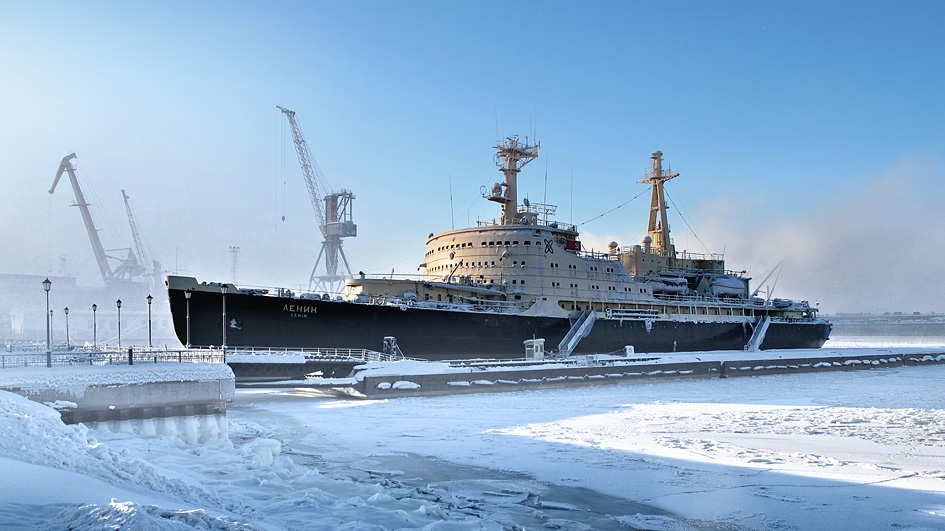A Russian icebreaker will be modified into a floating museum. The icebreaker Lenin will serve the purpose of being a science and historical exhibition.

The Arctic Centre of the University of Lapland, Polaria in Tromsö and Atomflot in Murmansk have been granted 1.2 million euros by Kolarctic ENPI CBC program for the project.
The Arctic Centre will be the lead partner and act as the main exhibition producer in the project Arctic Expo Centre – Nuclear-Powered Icebreaker Lenin – ICE.
The aim of the project is to develop new exhibitions and innovative communication tools as a means to improve the information on local and cross-borders concerns. This will help to facilitate a mutual understanding among neighboring people about common issues and the Arctic. As the exhibition is planned on board Icebreaker Lenin, the goal is also to tell about the technology and history of icebreaking.
"Through exchange of expertise and share of experiences each member will increase the opportunities to develop its own exhibition and activities such as education package for teachers and pupils on certain issues, special tours for tourists", says chief executive producer Nicolas Gunslay, Arctic Centre.
"The goal is to raise awareness on topics related to the Arctic marine environment, climate change, and globalization," he added.
The icebreaker Lenin was launched in 1957 and is the world's first nuclear powered surface ship and the first nuclear powered civilian vessel. It had a crew of 240 persons while in operation.
He left service in Russia in 1989.
